It is March 1991.
The secession of the Serbian Autonomous Oblast of Krajina has just begun and the situation in Western Slavonia - in the town of Pakrac - is explosive [you can listen to the latest episode of BarBalkans - Podcast here].
Ethnic hatred is inflaming the Croatian territories inhabited by Serbian minorities and spreading throughout Yugoslavia.
While Belgrade citizens are showing signs of impatience against the Serbian president Slobodan Milošević, the nationalist leaders of Serbia and Croatia are making a deal under the table to split up the lands of the dying Socialist Federal Republic of Yugoslavia.
The outcome will be dramatic, anyway.
Because meanwhile the nationalist rhetoric makes all Serbs “Chetniks” (the ultra-conservative violent militia) and all Croats “Ustasha” (the nostalgic fascists).
Occupy Belgrade
March 9 is a strange day for Serbian history. It represents probably the lowest point of president Milošević’s popularity.
His Socialist Party firmly controls all the cornerstones of power in the Socialist Republic of Serbia: the presidency, the government and the State-owned media.
However, in the multi-party system introduced in 1990 [you can listen to the pilot episode of BarBalkans - Podcast here] there is a small window of dissent.
This centralization of power is not accepted by the opposition, in particular by the leader of the Serbian Renewal Movement (SPO), Vuk Drašković.
“The Wolf” (this means Vuk) is a leader sui generis. He embodies all opposites without forcing it, thanks to his inspirational attitude and sharp facial features, his fiery eyes and the caustic humour belonging to Vojvodina people.
He is a monarchist but a democratic, an advocate of Greater Serbia but a pacifist, a traditionalist but a liberalist, an opponent but part of the power.
Drašković studied the Chetniks during the Second World War, a monarchical, anti-communist, anti-Ustasha and panserbian nationalist political-military movement.
There he found the inspiration to theorize the “Greater Serbia” starting from the Serbian nation. In this light, his Serbian Renewal Movement has a hold especially on young people.
Milošević is inevitably seen as a social climber and a power-hungry politician.
But the Serbian president is in control of the media. A comment on Drašković’s movement during a news program on Belgrade TV unleashes hell:
«Almost all the public appearances of SPO members have revealed that the Serbian right is prepared to cooperate with pro-Ustasha and pro-fascist Croatia, or any other far-right movement, even if it is opposite to the vital historical interest of Serbian people».
And then:
«The only aim of the SPO is to use discontent and difficulties of the Yugoslav economy to wreak havoc in Serbia. Such a scenario, prepared and put into practice from Chile to Romania, is easily recognizable. But in Serbia it must not happen and it will not happen».
On March 9, Drašković ask his supporters to stand up against the president in Belgrade. Between 70 and 150 thousand Serbian citizens respond to his call.
In Republic square and Terazije square people demand for the resignation of Dušan Mitević, general director of Radio Television Belgrade, and Radmilo Bogdanović, minister of Internal Affairs.
The clashes with the police are inevitable: the skirmishes quickly turn into real fights through the city streets. Two lifeless bodies remain on the ground.
Branivoje Milinović, a 17-year-old protester, hit by a stray bullet.
Nedeljko Kosović, a 54-year-old policeman, killed by repeated blows to the head.
Meanwhile, from the balcony of the National Theater, “The Wolf” Drašković leads the assault and tries - unsuccessfully - to take control of the Radio Television Belgrade building.
In the afternoon he is arrested by the police, along with 108 other protesters.
Milošević tries to appeal to national unity:
«Serbia and Serbian people are facing with one of the worst demons in their history: the challenge of disunity and internal conflict. All those who love Serbia must not ignore this fact, while we are dealing with the vampiric and fascist forces of the Ustasha and of the Albanian secessionists, and with all those forming the anti-Serbian coalition».
The president’s speech is not enough to calm people down. The protests continue for another five days. On March 11 the government even tries to organize a counter-demonstration.
The government wants to demonstrate that the protesters in Republic square and Terazije square do not represent the voice of Serbian people. But the streets of Belgrade are still full of people who prove the contrary.
It is necessary to please the demonstrators, to put an end to the protests on March 14: Mitević and Bogdanović are forced to resign and Drašković is released.
Secret partitions and double agents
But in the meantime, in the shadow of the halls of power, the nationalist leaders of the Socialist Republics of Yugoslavia are engaged in other projects.
On 25 March, the Serbian president, Slobodan Milošević, secretly meet the Croatian counterpart, Franjo Tuđman, in Karađorđevo (Northwest Serbia).
The issue on the table is the partition of Bosnia and Herzegovina.
With the imminent end of the Federation, both leaders start to trace the borders of their future nation-States.
Milošević designs the Greater Serbia, composed of Serbia, Montenegro, Bosnia, Krajina and Slavonia.
But, at the same time, Tuđman feels invested with the political role of restoring the sovereign and independent Greater Croatia. A specular and antithetical project to the Greater Serbia, composed of the entire Croatian territory and Bosnia.
Even if the meeting has no witness or transcript, Milošević and Tuđman find an agreement for the annexation - in their respective States - of Bosnian territories populated by Croatian or Serbian ethnic majorities.
Right in the middle there aere two Bosnian buffer zones, a State composed exclusively of Bosniaks (Bosnian Muslims).
The roots of the conflict in Bosnia, that will break out a year later and will last for over 44 months, can be traced back to the Karađorđevo Agreement.
Moreover, it is an unrealistic plan for two critical reasons, which will represent the future theaters of war:
Bosnia and Herzegovina;
Krajina and Slavonia, the Croatian regions populated by sizable Serbian minorities.
Both Milošević and Tuđman plan to annex all of Bosnian territory behind the scenes. Minorities are an “irrelevant” detail.
It is in the very nature of the two “Great” nationalist projects. In Milošević’s plan - because «where there is a Serbian grave, there is Serbia» - but also in that of Tuđman.
Speaking with the US ambassador, Warren Zimmermann, the Croatian president points out a tapestry in the presidential palace in Zagreb. Croatia and Bosnia are pictured as united:
«You see, Mr. Ambassador, history itself proves that Bosnia and Herzegovina is ours…»

And then there are the restless Croatian regions, Krajina and Slavonia.
The incidents in Pakrac - in western Slavonia - at the end of February were only a first taste of Belgrade’s strategy to keep control of territories populated by Serbian minorities.
But at the end of March it is the Croatian Eden that is turning blood red.
The first victims of (almost) war
In Krajina, among the Plitvice lakes, tourism is the soul of the Croatian economy. The ethnic question is a way to claim its control.
Tuđman has decided to place a loyalist police station in Plitvice Lakes National Park. It means a ethnically pure Croatian police station.
From Knin - the center of the self-proclaimed Serbian Autonomous Oblast of Krajina - the Serbo-Croatian rebels react and make their way directly to the heart of the naturalistic attraction.
The director and the employees are kicked out of the police station and the fighters of SAO Krajina, led by Milan Martić, take control of the natural park.
The Croatian deputy minister of Internal Affairs, Slavko Degoricija, and the mayor of Titova Korenica, Boško Božanić, try to save the day through diplomacy.
They fail. It is battle.
March 31. It is Easter Sunday.
Early in the morning a column of 300 special police units sent from Zagreb enters the park.
The ambush is ready: a rocket hits one of the armored buses, without exploding. The Serbo-Croatian forces attack the convoys, but they have to yield ground to Croatian superiority.
They retreat to Titova Korenica, where a street-by-street fight starts.
The Croatian forces will regain control of the Plitvice Lakes National Park in four and a half hours and 20 fighters will be injured.
29 Serbo-Croatian rebels are captured and accused of insurrection. One of them is Goran Hadžić, the future president of the Republic of Serbian Krajina.
At the time when the Yugoslav Wars have not officially started yet, in the clashes at the country’s post office we count the first victims of war.
Josip Jović, a 22-year-old Croatian policeman.
Rajko Vukadinović, a 32-year-old Serbo-Croatian butcher from Titova Korenica.
The first two names of a long - too long - list, that will be updated for 10 interminable years.
In the meantime, about 400 tourists wake up in the middle of a war scenario and they will be evacuated from the area only at the end of the fighting.
As the Yugoslav spring turns blood red, the Western world realizes that something is happening in the Balkans.
However, despite the first victims of (almost) war in Yugoslavia, the European and US diplomatic services continue their long sleep.
If you liked this article, you can spread this parallel journey and the free weekly newsletter on social media:
You can also give a gift subscription to whoever you want. Don’t let this virtual trip to the Balkans get lost!
Here is the archive of BarBalkans - Podcast:

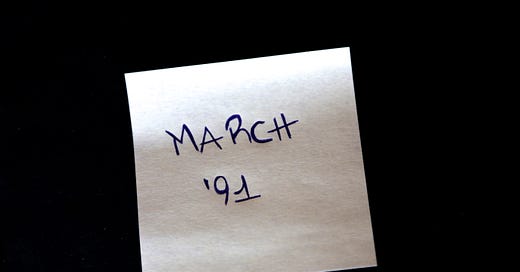




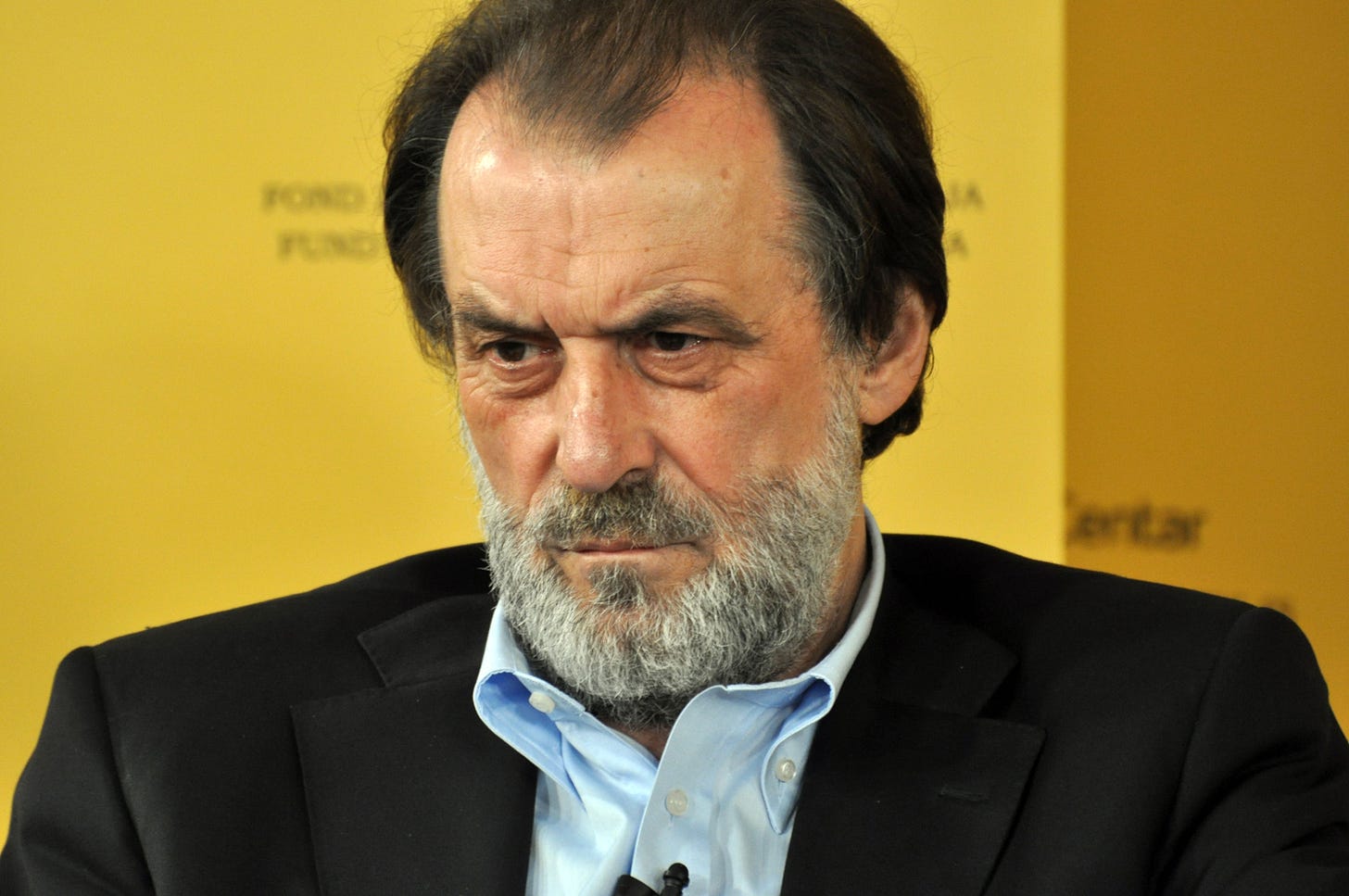






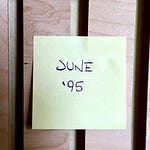

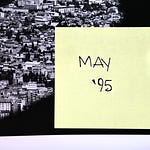
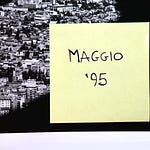

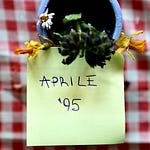
Share this post